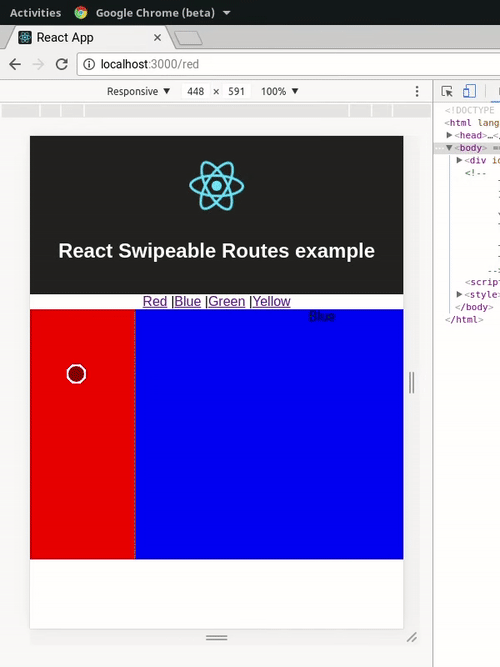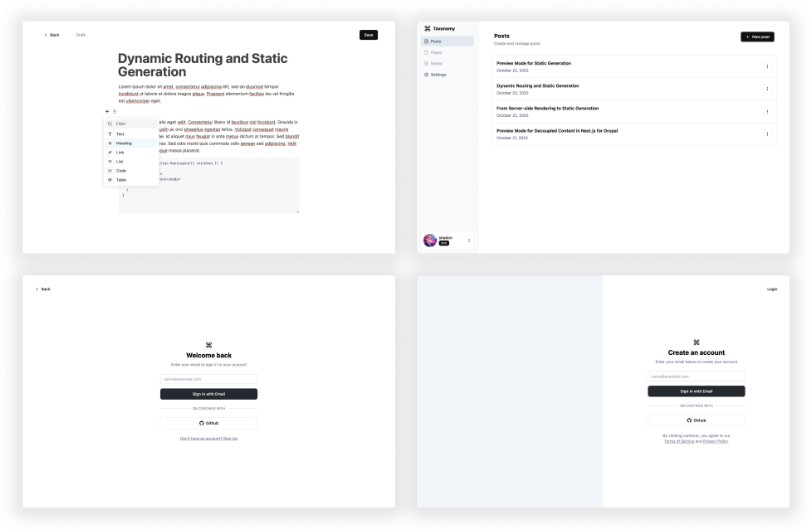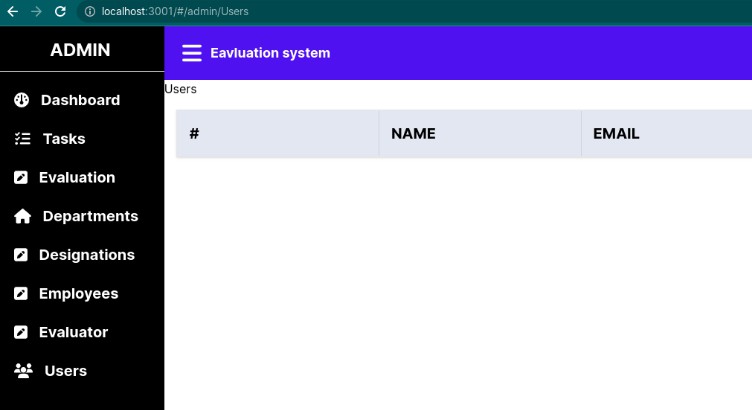react-swipeable-routes
Utility for integrating react-swipeable-views with react-router.
Example
Notice how the url changes when swipping.

This example is available on /example.
Usage
import React, { Component } from "react";
import logo from "./logo.svg";
import "./App.css";
import { BrowserRouter as Router, Route, Link } from "react-router-dom";
import SwipeableRoutes from "react-swipeable-routes";
const RedView = () => (
<div style={{ height: 300, backgroundColor: "red" }}>Red</div>
);
const BlueView = () => (
<div style={{ height: 300, backgroundColor: "blue" }}>Blue</div>
);
const GreenView = () => (
<div style={{ height: 300, backgroundColor: "green" }}>Green</div>
);
const YellowView = () => (
<div style={{ height: 300, backgroundColor: "yellow" }}>Yellow</div>
);
class App extends Component {
render() {
return (
<Router>
<div className="App">
<div className="App-header">
<img src={logo} className="App-logo" alt="logo" />
<h2>React Swipeable Routes example</h2>
</div>
<div>
<Link to="/red">Red</Link> |<Link to="/blue">Blue</Link> |
<Link to="/green">Green</Link> |<Link to="/yellow">Yellow</Link>
</div>
<SwipeableRoutes>
<Route path="/red" component={RedView} />
<Route path="/blue" component={BlueView} />
<Route path="/green" component={GreenView} />
<Route path="/yellow" component={YellowView} />
</SwipeableRoutes>
</div>
</Router>
);
}
}
export default App;
Any additional props will be passed down to SwipeableViews:
<SwipeableRoutes containerStyle={{"height: 100%"}}>
<Route path="/red" component={RedView} />
<Route path="/blue" component={BlueView} />
<Route path="/green" component={GreenView} />
<Route path="/yellow" component={YellowView} />
</SwipeableRoutes>
Replace url instead of push
You can add a replace prop to SwipeableRoutes and it will replace location instead of pushing it when swiping.
<SwipeableRoutes replace containerStyle={{"height: 100%"}}>
<Route path="/red" component={RedView} />
<Route path="/blue" component={BlueView} />
<Route path="/green" component={GreenView} />
<Route path="/yellow" component={YellowView} />
</SwipeableRoutes>
Scroll to top on swipe
class App extends Component {
scrollToTop = index => {
Array.from(this.el.containerNode.children).forEach((child, i) => {
if (index !== i) {
child.scrollTo(0, 0);
}
});
};
render() {
return (
<Router>
<div className="App">
<SwipeableRoutes
replace
onChangeIndex={this.scrollToTop}
innerRef={el => (this.el = el)}
containerStyle={{ height: 200 }}
>
<Route path="/red" component={RedView} />
<Route path="/blue" component={BlueView} />
</SwipeableRoutes>
</div>
</Router>
);
}
}
Routes with parameters
You can include routes with parameters in the path. However, you can't swipe to them directly, you have to enter through a link or a url change. If you want to be able to swipe to them, you can include a defaultParams props specifying the default parameters for when swipping to them.
import React, { Component } from "react";
import logo from "./logo.svg";
import "./App.css";
import { BrowserRouter as Router, Route, Link } from "react-router-dom";
import SwipeableRoutes from "react-swipeable-routes";
const RedView = () => (
<div style={{ height: 300, backgroundColor: "red" }}>Red</div>
);
const BlueView = () => (
<div style={{ height: 300, backgroundColor: "blue" }}>Blue</div>
);
const GreenView = () => (
<div style={{ height: 300, backgroundColor: "green" }}>Green</div>
);
const YellowView = () => (
<div style={{ height: 300, backgroundColor: "yellow" }}>Yellow</div>
);
const OtherColorView = ({ match }) => (
<div style={{ height: 300, backgroundColor: match.params.color }}>
{match.params.color}
</div>
);
class App extends Component {
render() {
return (
<Router>
<div className="App">
<div className="App-header">
<img src={logo} className="App-logo" alt="logo" />
<h2>React Swipeable Routes example</h2>
</div>
<div>
<Link to="/red">Red</Link> |<Link to="/blue">Blue</Link> |
<Link to="/green">Green</Link> |<Link to="/yellow">Yellow</Link> |
<Link to="/other/palevioletred">Pale Violet Red</Link> |
<Link to="/other/saddlebrown">Saddle Brown</Link>
</div>
<SwipeableRoutes>
<Route path="/red" component={RedView} />
<Route path="/blue" component={BlueView} />
<Route path="/green" component={GreenView} />
<Route path="/yellow" component={YellowView} />
<Route
path="/other/:color"
component={OtherColorView}
defaultParams={{ color: "grey" }}
/>
</SwipeableRoutes>
</div>
</Router>
);
}
}
export default App;
Unlike react-router, with react-swipeable-routes all routes have to be rendered at all times. Because of that, unlike react-router, in which your component gets a match object only if there was a match, here your rendered component will always receive a match prop with same structure as the match prop in react-router except for one difference: it includes a type object indicating what type of match it is:
none: The view was never rendered and its parameters are the specified defaults.outOfView: The view has different parameters than default, but it's currently out of the screen.full: The view is currently on screen an it has different parameters than default.





